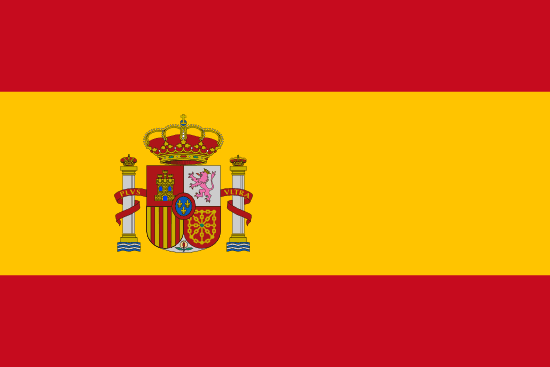"Entre el castillo y la playa, Castelldefels te atrapa | Between the castle and the beach, Castelldefels captivates you"
About:
Castelldefels, a town in Catalonia, Spain, traces its history back to the Iberian and Roman periods. The town's name, meaning "Castle of Fels", originates from a castle built in the 10th century. Its growth was slow until the 20th century when it became a popular tourist destination. Today, it's known for its beach, castle, and as a residential area for Barcelona's professionals and athletes. It also hosts the Mediterranean Technology Park, a significant center for innovation and technology.
When to visit:
Castelldefels, a coastal town in Catalonia, Spain, is a popular destination for holidaymakers seeking sun, sand, and sea. The best time to visit Castelldefels is during the summer months of June to August when the weather is warm and perfect for beach activities. The town comes alive with vibrant festivals and events during this time, offering a lively and bustling atmosphere for tourists to enjoy. However, visitors looking to avoid the crowds and higher prices may prefer to visit in the shoulder seasons of spring or fall when the weather is still pleasant but the crowds are thinner.
When to avoid:
The worst time to travel to Castelldefels on a holiday is during the peak summer months of July and August. During this time, the coastal town experiences its highest influx of tourists, leading to crowded beaches, long lines at popular attractions, and higher prices for accommodations. Additionally, the hot weather can be uncomfortable for some travelers, with temperatures often exceeding 30°C (86°F). To avoid the crowds and enjoy a more relaxed experience, it is recommended to visit Castelldefels during the shoulder seasons of spring or fall when the weather is milder and the tourist crowds are less overwhelming.
Winter (Dec-Feb)
In Castelldefels, Spain, the coldest and wettest period is typically between December and February. Average temperatures hover around 8-15°C (46-59°F), with rainfall peaking in February at approximately 35mm. Overcast skies are common, reducing sunlight hours to around 5-6 per day. Occasionally, strong winds from the sea may cause a chill. An average day for a visitor during this period might involve bracing walks along the beach, cozying up in local cafes, or exploring indoor attractions, all while dressed in warm, waterproof clothing.
Summer (June-August)
In Castelldefels, Spain, the warmest part of the year is from late June to early September. During this time, the average high temperatures range from 27°C to 30°C (80°F to 86°F), while the lows average around 20°C to 22°C (68°F to 72°F). Rainfall is relatively low, with July being the driest month, averaging around 20mm of precipitation.
The region receives abundant sunlight during this period, with an average of 10 to 11 hours of daylight per day. Humidity is moderate, typically ranging from 60% to 70%, contributing to a comfortable warmth rather than a sticky or muggy feeling. Cloudiness is generally low, with clear or partly cloudy skies dominating, allowing for plenty of sunshine.
A typical day for a visitor during this time feels pleasantly warm, ideal for outdoor activities. The mornings and evenings are cooler, perfect for strolls or dining al fresco, while afternoons can get quite hot, great for beach activities or enjoying a siesta in the shade. Despite the heat, the moderate humidity and sea breezes keep the climate comfortable. The long daylight hours and low chance of rain make it a great time for sightseeing and exploring the local culture and scenery.
Language:
In Castelldefels, a city in Spain, the most commonly spoken languages are Catalan and Spanish. Catalan is the co-official language of Catalonia, the autonomous community where Castelldefels is located, alongside Spanish, which is the official language of Spain. Many residents are bilingual in both languages. Other languages spoken include English and other foreign languages due to tourism and expatriate residents.




